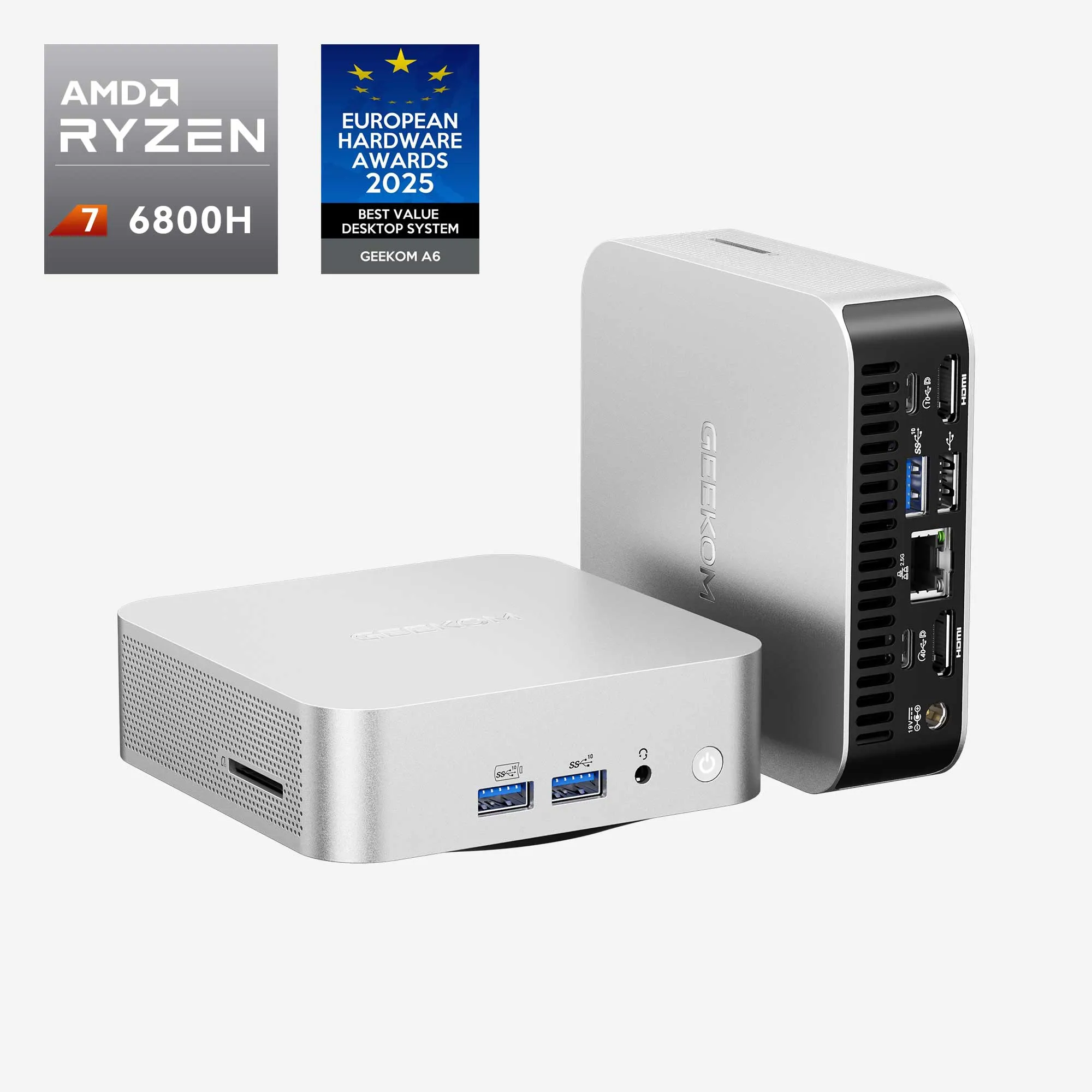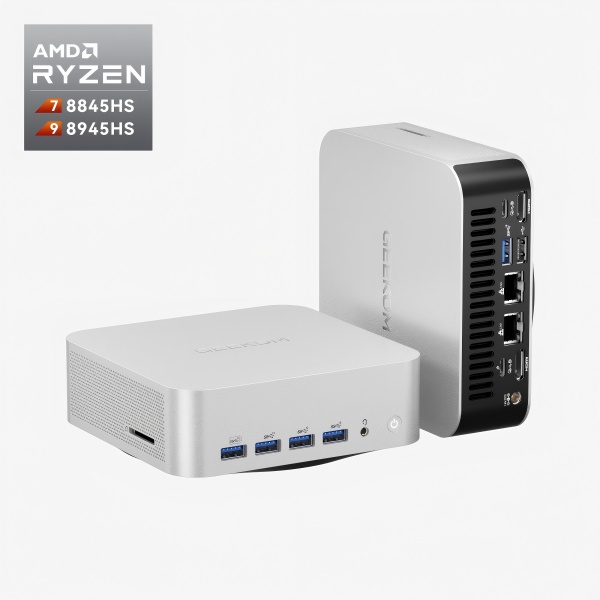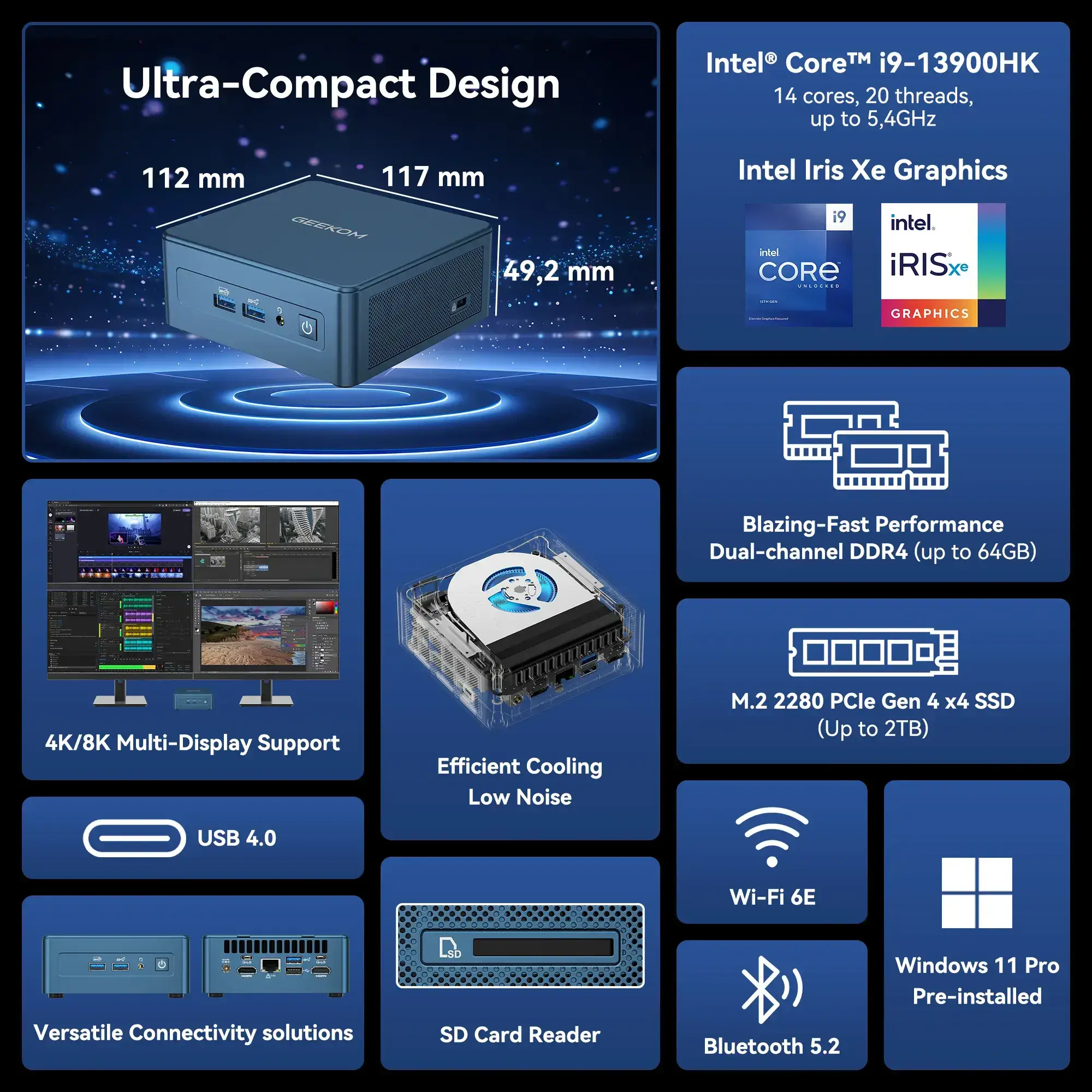The global podcasting industry is on the rise, with more and more independent podcast brands emerging. The famous venture capital organization a16z and YC incubator are doing podcasts. Of all the parts of the podcasting business, from the selection of hardware, software selection, audio editing, to final audio distribution, the equipment and software part is probably the riskiest part, as well as the most expensive expense at the beginning.
Types of Podcast Equipment And Its Necessity
You shouldn’t worry too much about it though, but always keep in mind that this is just the early state. There’s no point in buying top of the line equipment straight away when you don’t know the difference between equipment and equipment, unless you have a large following or a very high demand for sound quality.
Based on this principle, it’s not a bad thing to keep iterating and replacing equipment as the podcast continues to grow. The worst moment, of course, was due to the uncertainty of the number of people recording the podcast, sometimes didn’t have enough equipment when there were too many guests, and the tricky thing to do was not to have enough equipment to do the job.
Microphones
Discussions and speeches are one of the most important parts of the podcast recording process now. A microphone, on the other hand, is the device used to capture the sound, and the quality of your recordings will be much better if you replace the self-microphone on your laptop with a better microphone device. If you have to allocate some budget for your podcast, you might consider investing most of it in recording equipment. So let’s take a look at how to choose your equipment, and we’ll share it with you as much as possible using the idea of making the best use of what you have.
Microphone Type
The two main types of microphones that will be used in podcasting are dynamic microphones and condenser microphones.
Dynamic coil microphone, is the use of the principle of electromagnetic induction, the sound signal through the coil in the magnetic field seven magnetic lines of inductance converted to electrical signals, low-frequency relatively thick, the sound has a dull feeling, relatively suitable for human hearing frequency. Because it is not high sensitivity, should not pick up the environmental noise, so it produces very little noise.
A condenser microphone, also called an electret microphone, has a core component, the polar head, which consists of two metal films; when a sound wave causes it to vibrate, the difference in spacing between the metal films causes a difference in capacitance, which generates an electric current.
Diversity between Dynamic Coil Microphones & Condenser Microphones.
Of course dynamic microphone structure is solid and stable, can be used for a long time. Due to its short pickup distance, it is more suitable for live performances such as stage and card box. Of course, if you’re using a non-USB dynamic microphone, you’ll probably need a mixer, which means you’ll need to be on a budget.
On the other hand, condenser microphone sound clear and transparent, high sensitivity, able to record a high degree of sound quality, suitable for recording studios and other professional recording places, but also because of the high sensitivity of the condenser microphone, so the environmental requirements are relatively high, the environment is too noisy, then it is easy to pick up the noise.
Typically, there is a common sense that people capture vocals with a single directional microphone, like the Shure SM-58, which can also be called a cardioid microphone. This type of microphone picks up most of the sound from that front of the microphone, as well as some of the sound from the sides, making it the perfect, smart choice for when there’s only one anchor or when you want to give each speaker their own microphone.

Mixing Console
Mixing console, also known as an audio mixer, soundboard, or simply mixer, is a device that combines (mixes), processes, and manipulates multiple audio signals together. These signals might be from microphones, instruments, pre-recorded music tracks, or any other audio sources. The output of a mixing console is then typically sent to loudspeakers, audio recording devices, or broadcast systems.
Factors to Consider When Buying A Mixing Console
First, when using non-USB mics, adjust the XLR input gain on your mixer, which allows individual volume control for each microphone. This is crucial when hosting multiple guests, as it helps maintain balanced audio levels, ensuring all voices are equally audible. Continuously monitoring and adjusting the volume during recording is essential for listener comfort.
Secondly, check for USB support for easy file transfer to your computer when purchasing a mixer. Ensure it has a quality preamp for optimal sound clarity. Consider how many XLR inputs you need; typically, more than five may be excessive for most setups. Recommended gear includes dynamic microphones and a robust amplifier.
As an exceptional podcast production studio designed specifically for podcasters, the RØDECaster Pro is highly recommended by the podcasting professionals. This integrated podcasting console combines multiple audio functions into a single, user-friendly unit. It offers four high-quality XLR microphone inputs, each with independent headphone outputs and volume controls, making it ideal for multi-host shows.
Software
Except the equipment mentioned above, podcasting involves a range of software tools designed to facilitate recording, editing, and publishing audio content. Here’s an introduction to the types of software commonly used in podcasting, covering both recording and editing aspects:
Recording Software
Description: Audacity is a free, open-source software that is popular among podcasters for its simplicity and effectiveness. It works on multiple operating systems including Windows, macOS, and Linux.
Features: Multi-track editing, support for various file formats, and a range of effects and plugins.
Description: A more advanced audio workstation, Adobe Audition is part of the Adobe Creative Cloud. It offers comprehensive tools for editing, mixing, and enhancing audio files.
Features: Multitrack, waveform, and spectral display for creating, mixing, and editing audio content.
Description: Available only on macOS and iOS, GarageBand is a great entry-level recording software that offers a variety of audio recording features with an easy-to-use interface.
Features: Built-in loops, pre-made effects, and instrument simulation.
Editing Software
Description: A step up from GarageBand, Logic Pro offers professional-grade audio editing tools. It is only available on macOS.
Features: Advanced editing capabilities, over 1,000 instruments, and thousands of loops.
Description: Widely used in professional studios, Pro Tools provides high-quality audio processing and is known for its powerful mixing capabilities.
Features: Industry-standard audio production platform with extensive editing tools and plugin support.
Description: Reaper is a cost-effective alternative to some of the more expensive professional audio editing programs. It’s highly customizable and supports a variety of plugins.
Features: Comprehensive recording, editing, mixing, and mastering toolset.

Efficient Computers
In the evolving world of podcasting, the importance of a reliable and efficient PC cannot be overstated. A mini PC, in particular, stands out as a stellar choice for podcasters who need a blend of performance and practicality. Its compact design is a major advantage, allowing creators to maximize their studio space without sacrificing functionality.
A mini PC, such as the GEEKOM Mini PC, effortlessly supports the multitasking demands of podcast production—from recording crisp audio to editing sessions and managing uploads. What’s more, these machines are surprisingly quiet, ensuring that background noise doesn’t compromise the quality of recordings.
For audio creators who prioritize both aesthetics and performance, the GEEKOM Mini PC is an excellent option. With robust processing power of Intel and AMD CPUs, the ability to run editing and streaming applications smoothly makes the GEEKOM Mini PC a reliable workhorse in the podcasting workflow. Moreover, its energy efficiency is a boon for those looking to keep operational costs low.
With options for upgrading RAM and storage, the GEEKOM Mini PC is adaptable and can grow with your podcast, accommodating more complex productions and a larger audience reach. Thus, for podcasters aiming for a setup that combines sleek design with formidable computing capabilities, the GEEKOM Mini PC emerges as a top contender.
Final Thoughts
As the sector continues to grow and evolve, the choices made in the early stages regarding hardware and software can significantly impact the success and scalability of a podcast. Investing in a versatile and powerful Mini PC like the GEEKOM Mini PC can mitigate many of the risks and costs associated with podcast production. By choosing the right tools from the start, podcasters can focus more on content creation and audience engagement, rather than worrying about technical limitations. Ultimately, the right investment in technology not only enhances the quality of the podcast but also ensures a smoother, more efficient workflow, paving the way for success in the competitive world of podcasting.






























